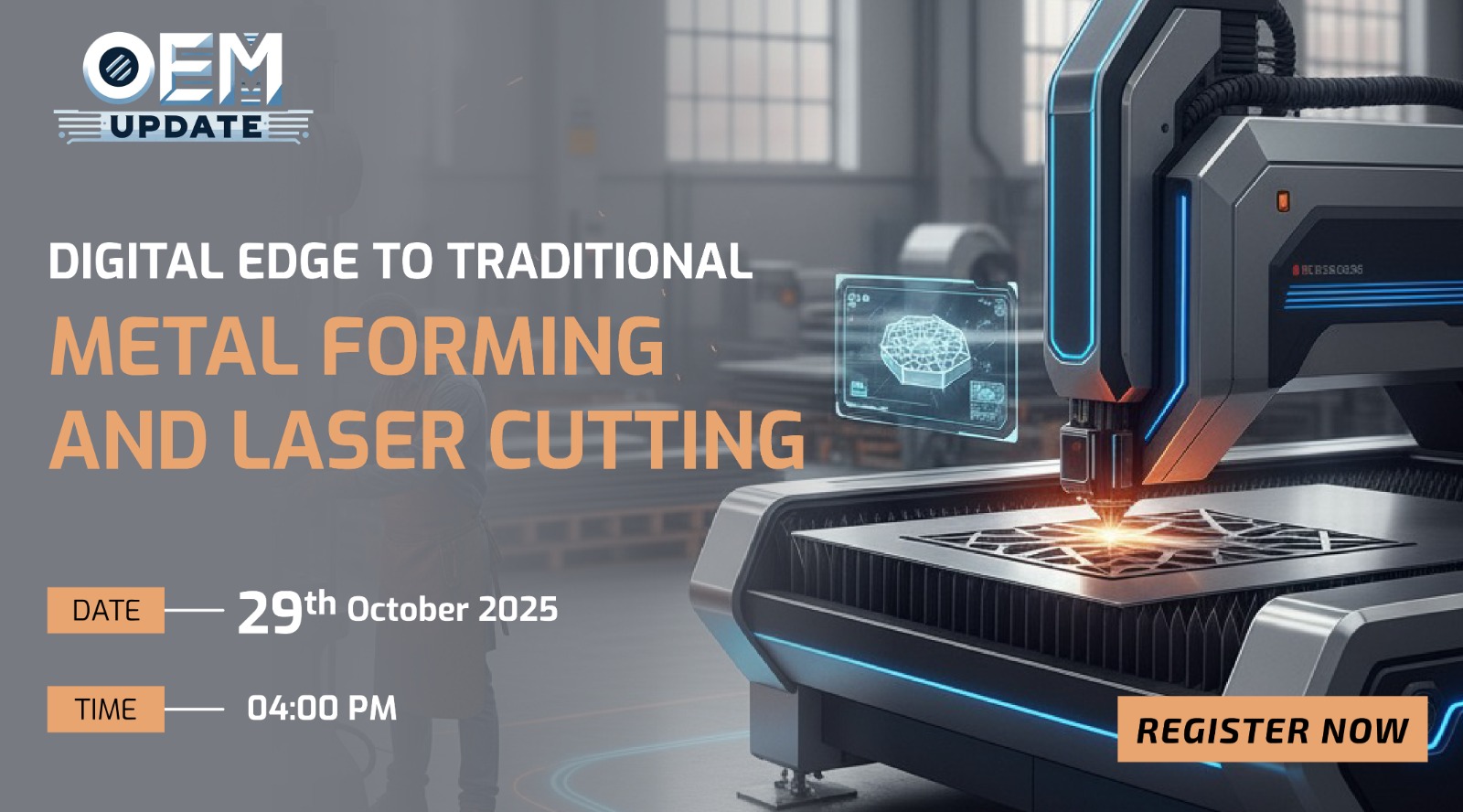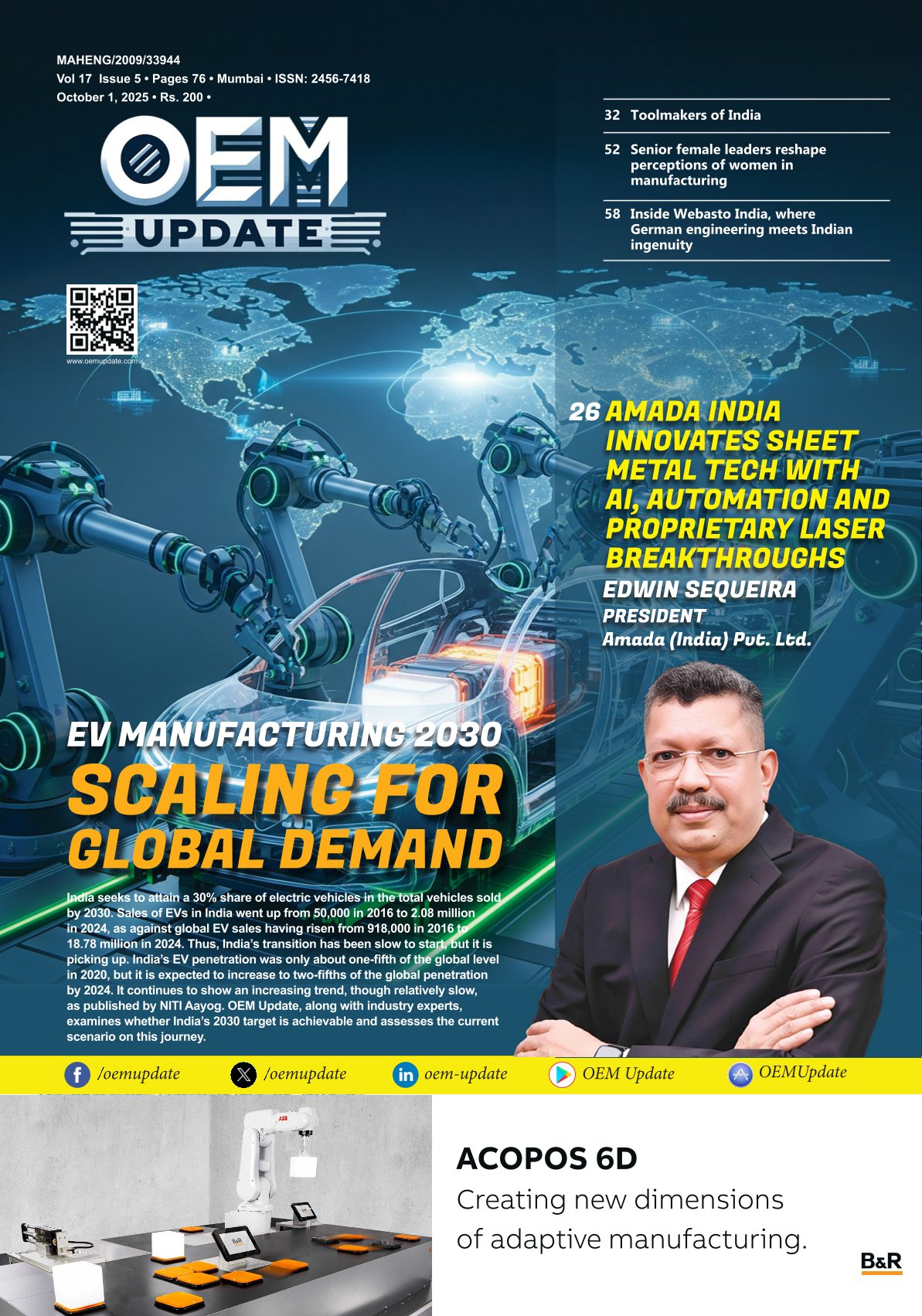ARCI introduces a cost-effective solution to improve engine performance
By Staff Report September 13, 2024 4:43 pm IST
Researchers at the International Advanced Research Centre for Powder Metallurgy & New Materials (ARCI) have developed a low-cost solution called nanosecond laser surface texturing to improve tribological performance in grey cast iron on critical engine components like piston rings and cylinder liners.
Scientists have found a low-cost solution called nanosecond laser surface texturing to increase lubrication of the moving parts within the engine and enhance engine performance. Internal combustion (IC) engines represent the backbone of modern transport, with millions of vehicles running worldwide. Still, their efficiency leaves room for improvement. One big challenge to the performance of an IC engine is the friction and wear between moving parts, which causes enormous energy loss and, as a result, low fuel economy.
Researchers at the International Advanced Research Centre for Powder Metallurgy & New Materials (ARCI), an autonomous R&D centre of the Department of Science and Technology, India, have developed a nanosecond laser surface texturing solution. The study aims to improve tribological performance in grey cast iron on critical engine components like piston rings and cylinder liners.
A significant proportion of the energy supplied to IC engines is lost due to thermal and frictional dissipation. The frictional losses for IC engines are nearly 50 percent in the piston-cylinder system. Of these, it has been found that 70-80 percent occur in the piston rings: top compression ring, oil control ring, and second compression ring. The extent of these losses depends largely on the tribology—the study of friction, wear, and lubrication of the moving parts within the engine.
This tribological performance is, in turn, influenced by the geometry and texture of the surfaces in contact. Specifically, textured surfaces can serve multiple functions. First, they can act as reservoirs for lubricants, allowing oil to be delivered more effectively to the contact zones where friction occurs. Second, they can trap wear debris, thereby reducing abrasive friction. Third, textured surfaces have the potential to improve hydrodynamic lubrication, which occurs when a full film of lubricant separates two surfaces, thus minimising contact and reducing wear.
Various surface texturing technologies, including vibrorolling, abrasive machining, reactive ion etching, lithography, abrasive jet machining, and chemical etching, have been applied to improve tribological performance.
All of these try to make micro-textures on the material surface so that it can enhance lubrication and reduce friction. However, a common drawback of these processes is the lack of uniformity in the surface patterns and reproducibility they produce.
Conventional texturing techniques are facing challenges due to non-uniform undulations, which can lead to variable tribological performance, resulting in a need for more reliable technology for creating dimensionally controlled surface textures. It is in this background that laser surface texturing (LST) comes into the picture. It provides better control over the shape and size of the surface textures, whether dimples, grooves, or any other patterns, with a fast processing rate. Therefore, LST has proved to be a more beneficial methodology for improving the tribological properties of materials.
ARCI researchers have focused on a less expensive alternative: nanosecond laser surface texturing. Nanosecond lasers, with a 100 nanosecond pulse duration and a wavelength of 527 nanometres, can produce high-quality surface textures rather cost-effectively compared with the femtosecond laser. This makes nanosecond laser surface texturing a more practical solution for industrial applications. In this work, ARCI researchers created micro-groove and micro-crosshatch patterns on the grey cast iron surfaces using a nanosecond laser, as shown in Figure 1.
The laser treatment can create micro-textures on the surface and thereby expose graphite flakes, which can act as solid lubricants. Through this work, these researchers aim to improve the friction and wear characteristics of grey cast iron under dry conditions (no lubrication), which are particularly challenging because there is no lubricating film to mollify friction and a combination of different sliding speeds and normal force conditions. After making these laser-textured surfaces, we have rigorously performed tribological tests to determine the effectiveness of laser-textured surfaces. These were conducted through a ball-on-disc tribometer, which simulates sliding contact between two surfaces. The tribometer allows to measure both friction and wear in a controlled environment.
The laser-textured surface showed significant improvement in reducing friction and increasing wear resistance in various tests under various conditions, as depicted in Figure 2.

Laser-textured surfaces can enhance component performance across various industries, reducing friction and wear and promoting efficiency, sustainability, and cost-effectiveness, including automotive and manufacturing, beyond combustion engines.
ARCI’s laser surface texturing technology is a significant advancement in tribological engineering, enhancing component performance while remaining cost-effective, potentially revolutionizing friction and wear management in industries.
Cookie Consent
We use cookies to personalize your experience. By continuing to visit this website you agree to our Terms & Conditions, Privacy Policy and Cookie Policy.









